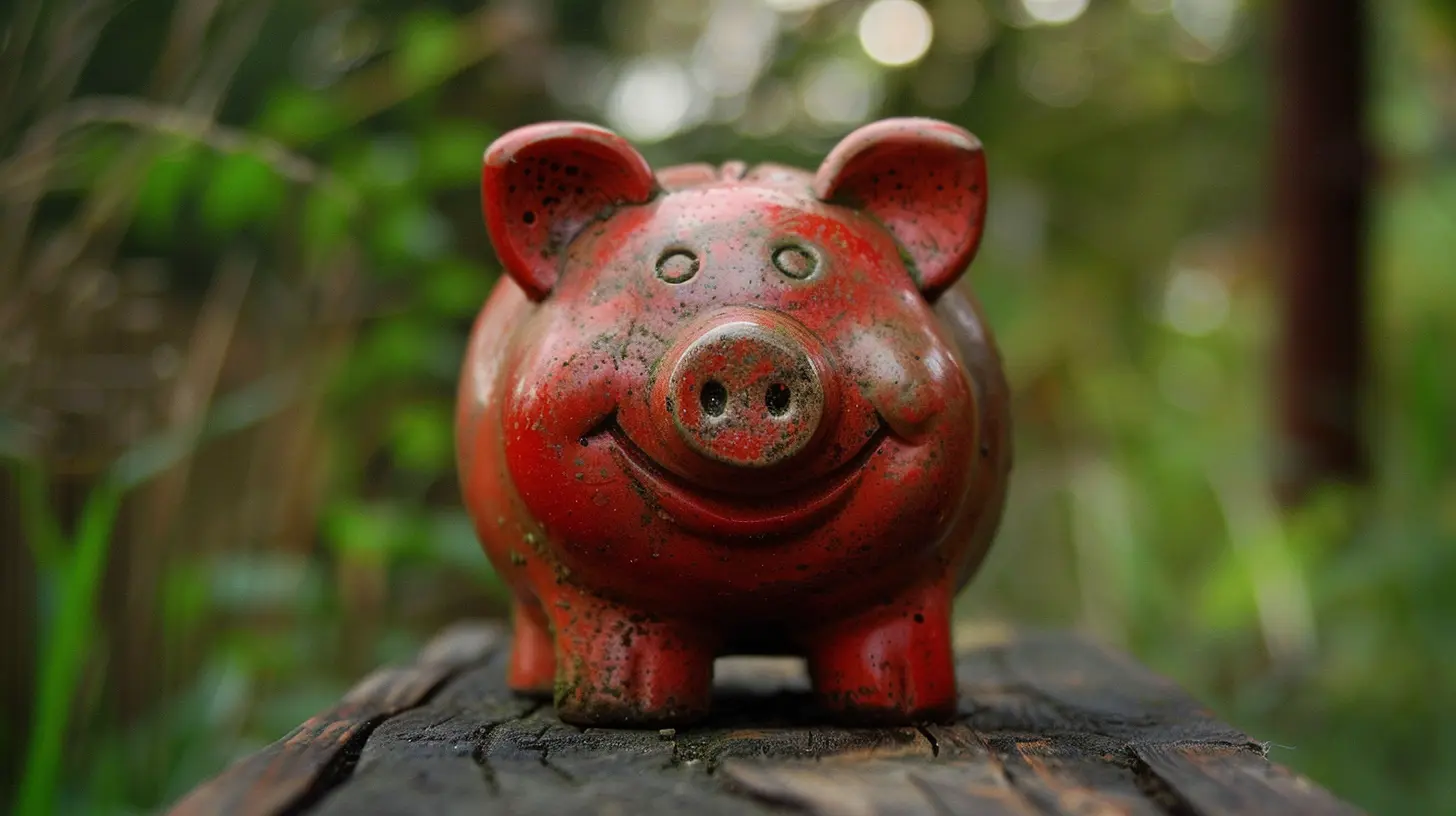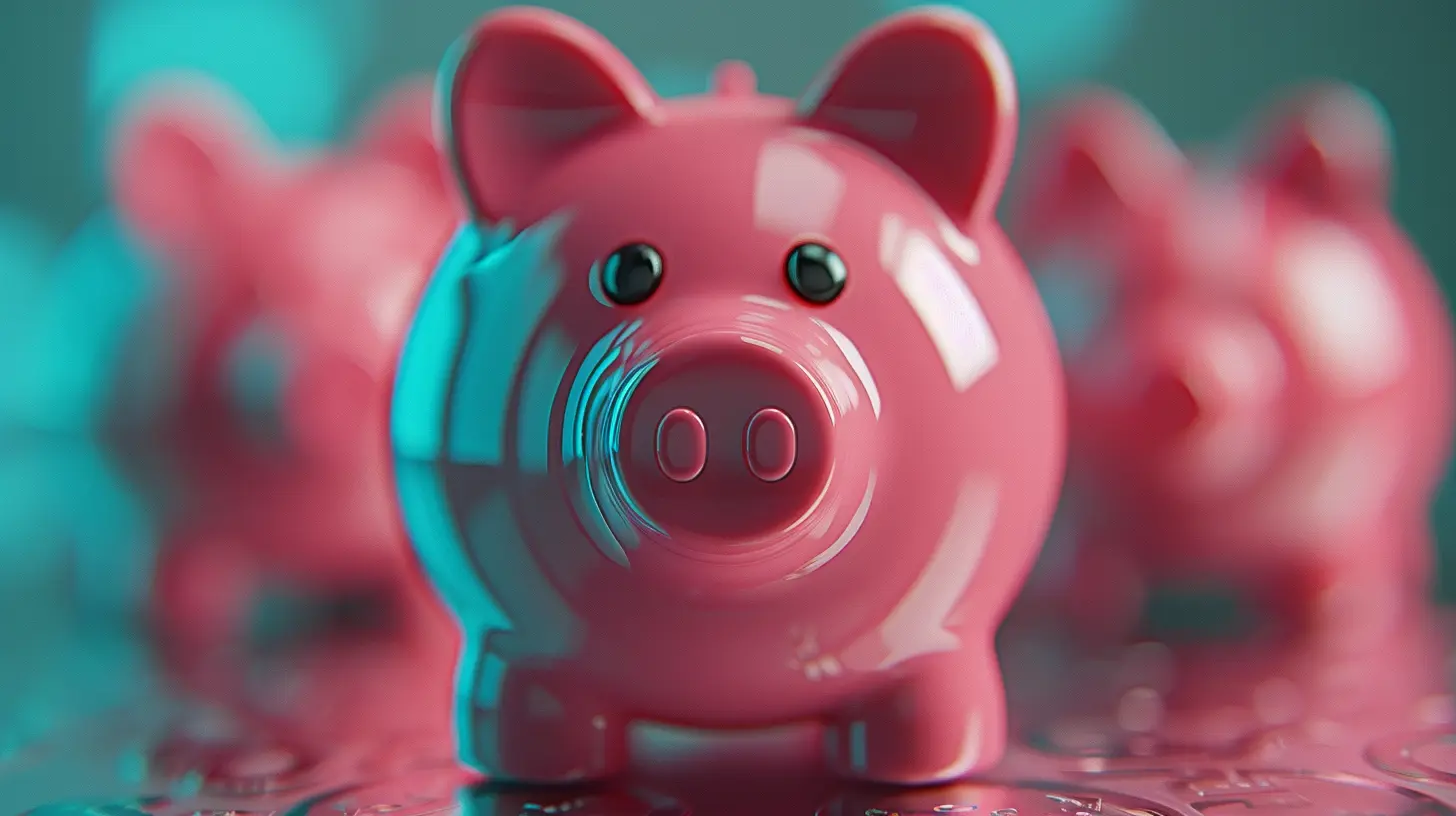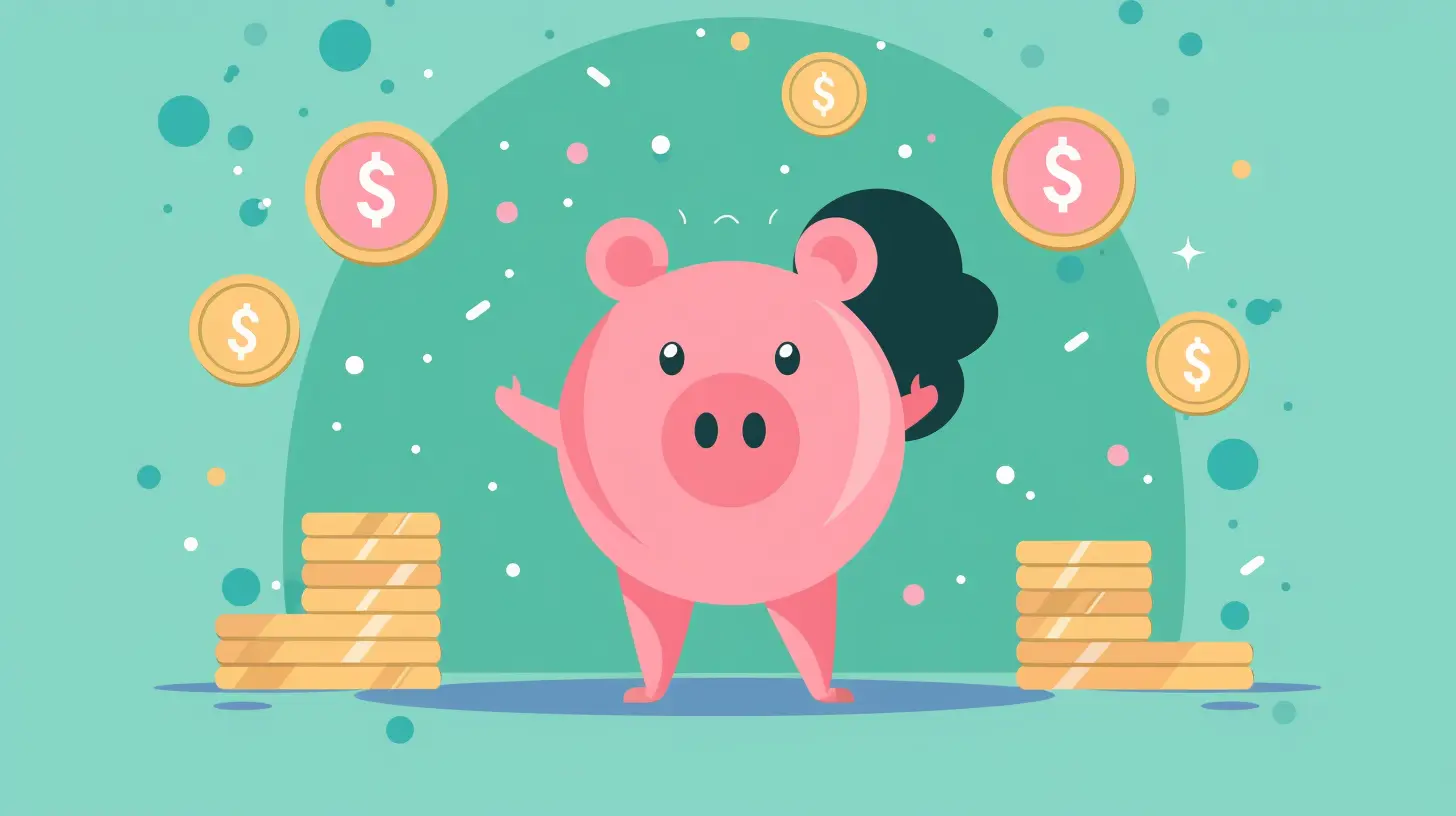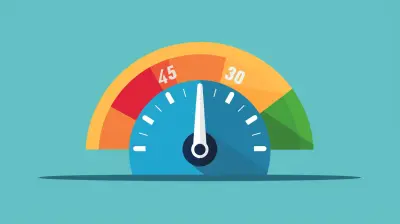Starting an Emergency Fund from Scratch: How to Begin
18 October 2025
Life has a funny way of throwing unexpected things at us, doesn’t it? Car breakdowns, surprise medical bills, or that awkward moment when your home plumbing decides to call it quits. Ouch! These unforeseen expenses can be stressful, especially if you're not financially prepared. That’s where an emergency fund swoops in like a financial superhero to save the day.
But starting an emergency fund, especially from scratch, might feel like a daunting task. Where do you even begin? How much should you save? Don’t worry; I’ve got your back! In this guide, we’ll walk through everything you need to know to kickstart your emergency fund with confidence and ease.
Why Do You Need an Emergency Fund?
Imagine walking a tightrope without a safety net underneath. Sure, you might make it across, but wouldn’t it feel a lot safer knowing that net is there to catch you if you slip? An emergency fund is that safety net for your finances.Life is unpredictable, and emergencies are inevitable—whether it’s job loss, medical emergencies, or sudden home repairs. Without a stash of savings, you might end up relying on high-interest credit cards or loans to cover the costs. That can lead to a cycle of debt, and trust me, no one wants to be caught in that whirlpool.
An emergency fund gives you peace of mind. It’s like saying, “Bring it on, life! I’m ready for whatever curveballs you throw at me!”
How Much Should You Save?
This is one of the most common questions people ask when starting an emergency fund. The answer depends on your personal situation, but here’s a general rule of thumb:Start Small, Think Big
If saving three to six months of expenses feels overwhelming (which it totally can), start with a smaller goal. Aim for $500 or $1,000 first. That’s enough to cover most small emergencies like car repairs or a minor medical bill.Once you hit that mini-goal, work your way up to saving three to six months’ worth of living expenses. If you're wondering how to calculate that, take a close look at your essential costs like rent/mortgage, utilities, groceries, insurance, and minimum debt payments.
Remember, everyone’s situation is different. If you’re single and have no dependents, three months might be enough. But if you have a family or work in an unpredictable industry, aim for six months or more.
Steps to Start an Emergency Fund from Scratch
1. Assess Your Current Financial Situation
Before diving into savings mode, take a good look at where you stand financially. How much money comes in every month, and how much goes out? Tracking your expenses for a few weeks can give you a clear picture of your cash flow.Do you have debt? If so, prioritize paying down high-interest debt while simultaneously setting aside a small amount for emergencies. You don’t have to wait until you’re debt-free to start saving.
2. Set a Realistic Goal
Rome wasn’t built in a day, and neither will your emergency fund. Break your goal into bite-sized chunks. For example, if your goal is to save $1,000 in six months, you’ll need to save about $167 a month. That’s roughly $42 a week. Doesn’t sound so scary now, right?Having a specific number in mind makes it easier to stay motivated and track your progress.
3. Open a Dedicated Savings Account
Here’s a pro tip: keep your emergency fund separate from your regular checking or savings account. Out of sight, out of mind. A high-yield savings account is a great option since it earns you interest over time while keeping your money accessible.When that rainy day arrives, you’ll be relieved knowing you have a designated stash ready to go.
4. Cut Back on Non-Essentials
Now, don’t panic—I’m not asking you to live on canned beans and water! But take a closer look at where your money is going. Could you skip that daily $5 latte and make coffee at home instead? Maybe binge-watch Netflix instead of going to the movies this weekend?Small sacrifices can add up over time. Let’s do the math: skipping a $5 latte five times a week saves you $25. That’s $100 a month straight into your emergency fund. Boom!
5. Automate Your Savings
The easiest way to save? Set it and forget it. Automate a portion of your paycheck to go directly into your emergency fund. Even if it’s just $20 or $50 a month, consistency is key. You won’t even miss the money—it’ll feel like it was never there.Think of it as paying yourself first. Future You is already thanking you for being so responsible.
6. Find Extra Sources of Income
If your budget is already stretched thin, it might be time to explore ways to bring in some extra cash. Maybe you can pick up a side hustle like freelancing, dog walking, or selling items you no longer need.Remember that old bike gathering dust in your garage or those clothes you haven’t worn in years? Sell them online and watch the dollars roll in.
7. Stay Consistent and Celebrate Milestones
Building an emergency fund takes time, so don’t get discouraged. The key is consistency. Celebrate small wins along the way. Saved your first $100? Treat yourself to a little something (within reason). Hit $1,000? Maybe it’s time for a mini staycation at home.Rewards make the journey more enjoyable and keep you motivated to reach the finish line.
Tips for Maintaining Your Emergency Fund
Building your fund is just the first step. Keeping it intact is where the real challenge lies. Here are some tips to ensure your emergency fund stays healthy:- Use it only for true emergencies: A sale on designer shoes or the latest gadget doesn’t count.
- Replenish after using it: If life throws you a curveball and you dip into your fund, make a plan to rebuild it as soon as possible.
- Review your fund periodically: As your life circumstances change (marriage, kids, bigger expenses), your emergency fund goal might need an update.
What If You Can’t Save Much Right Now?
I get it—money can be tight, and saving might feel impossible. But even saving just $5 or $10 a week adds up over time. Small, consistent efforts are better than doing nothing at all. Remember, everyone starts somewhere.Think of it as planting a seed. It may start small, but with care and consistency, it’ll grow into something strong and reliable that you can lean on during tough times.
Final Thoughts
Starting an emergency fund from scratch is like learning to ride a bike. It might feel wobbly and uncertain at first, but with a little effort and consistency, you’ll gain balance and confidence.The beauty of an emergency fund is that it gives you freedom—freedom from stress, worry, and dependence on credit. It’s your personal safety net, your financial cushion, your peace of mind. So why wait? Start today and take one step closer to a more secure and stress-free future.
all images in this post were generated using AI tools
Category:
Financial EducationAuthor:

Zavier Larsen
Discussion
rate this article
1 comments
Lysander McKnight
This article is a wonderful reminder of the importance of an emergency fund. Taking those first steps can feel daunting, but every little bit adds up. I appreciate the practical tips shared here—it's inspiring to see how small savings can create a safety net for our future.
October 23, 2025 at 2:40 AM

Zavier Larsen
Thank you for your kind words! I'm glad you found the tips helpful and inspiring. Every step counts in building that safety net!


